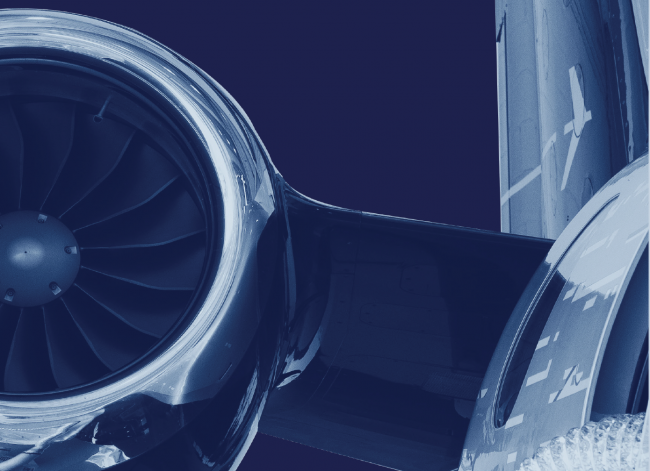
Average flight hours of private jets tracked by JSSI rebounded by 87% in the third quarter, although they remain 22% behind 2019 numbers.
The quarterly report from the aviation services provider JSSI also highlighted the limited time most private jets spend in the air.
During the three months ending in September, the private jets JSSI tracked averaged 21 flight hours per month, although that was a boost from the 11.2 flight hours those aircraft spent in the air in the second quarter.
The report, which provides data reaching back until 2012, shows a downward trend since the third quarter of 2017 when aircraft flew an average of 29.7 hours per month.
The rebound during Q3 2020 was powered by a 155% boost in flying by manufacturing companies, a 123% gain from real estate firms, and a 111% spike by financial services entities.
On a percentage basis, Central American owners increased flying the most, up 169% compared to the second quarter. European operators clocked 105% more flight hours while flying in North America jumped 71%.
In Europe, operators averaged 35 flight hours per month during the last quarter compared to just 19 hours per aircraft in North America.
Private jets less than five years old were most likely to be in the air during the last three months, an average of 22.3 flight hours per month. Aircraft between six and 10 years old averaged 21.5 flight hours per month. Private jets 11 to 15 years old flew 16.5 hours per month, compared to older aircraft, which averaged 15.2 flight hours.
In the U.S., aircraft on a Part 135 certificate saw flight hours jump 80% in the last quarter tracking just 9% behind 2019 levels. On the other hand, despite a 61% gain in flight hours for Part 91 private jets, activity remained 29% below last year.
Charter jets flew an average of 22.5 hours per month during the last quarter, compared to 12.5 hours per aircraft per month for Part 91 types.
JSSI is an aviation consulting and services provider. Its data tracks approximately 2,000 business aircraft globally.